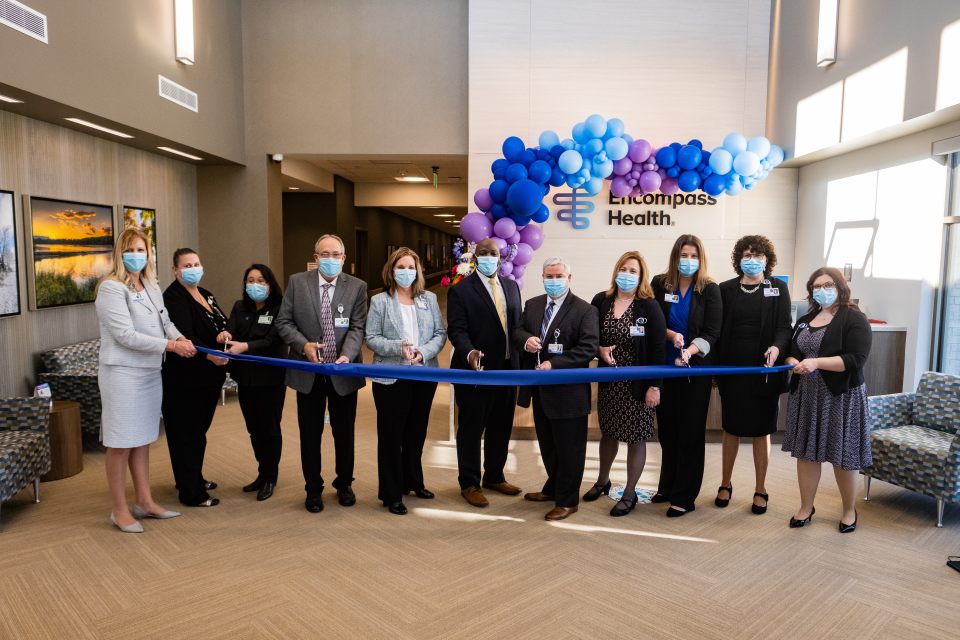Fifty million Americans currently deal with chronic pain – the most common cause of long-term disability in the country. According to the Centers for Disease Control and Prevention (CDC), approximately 19 million people experience pain that interferes with their daily lives.
As the prevalence of pain continues to rise, more misconceptions continue to surround the idea of pain. Many people believe that their only option is to live with pain, resulting in the majority of pain left untreated, under-treated or improperly treated.
The reality is that most pain can be managed or eased through proper pain management, which can improve the overall health and well-being of millions of Americans. Take a look at some of the most common misconceptions about pain and the truth behind them.
Misconception: All pain is bad.
Although it can be inconvenient and uncomfortable, pain is actually a necessary function that aims to keep us safe. Short-term pain is a way for our brain to protect us and give us feedback on what’s going on, such as the pain we feel when touching a hot surface. Without pain, our bodies may not realize potential harm which could lead to further injury.
Misconception: Acute pain and chronic pain are the same thing.
The main difference between acute and chronic pain is that acute pain has a known, defined and treatable cause. Acute pain is typically sudden and tends to be sharp and intense. This could be the result of breaking a bone, receiving a cut or going through surgery. Depending on the injury, acute pain can last weeks and even months, but it typically goes away after the underlying cause is treated.
In contrast, chronic pain can last for months or even years after the original cause or injury has healed, which can lead to a range of other physical side effects.
Misconception: Pain is a normal part of aging.
There’s a difference between minor aches and pains compared to constant pain that never goes away. Although pain is more common among adults 65 and older, it doesn’t mean that it’s a normal part of aging. Many older adults have other chronic conditions or diseases that can cause a higher prevalence of pain. However, there are many effective treatment options available that can help people better-manage their pain.
Misconception: Pain is all in your head.
Pain is a complex problem that involves both the body and the mind, but that doesn’t mean pain isn’t real. At times, pain can evoke negative emotions or fears that can worsen a person’s perception of pain. This can cause you to dwell on or be scared of your pain, which can actually make your experience worse.
Pain perception also differs greatly from person to person. Two people can respond very differently to the same painful situation. This can be the result of many factors such as a previous injuries, stress, emotions and fatigue.
Don’t let the fear of thinking that your pain is all in your head stop you from sharing your symptoms with your healthcare team as there are plenty of treatments available to help you manage your pain.
Misconception: Medication is the only option to treat pain.
Just as our understanding of pain has evolved over the years, so has the number of viable pain management techniques. It’s important to realize that pain relief isn’t a one-size-fits-all solution; no one technique is guaranteed to offer pain relief for every person.
Alternative treatments like acupuncture, massage therapy and even calming techniques can be extremely effective when combined with medication or physical therapy. With guidance from your physician and healthcare team, many of these techniques can help you better-manage your pain and improve your quality of life.
Misconception: It’s best to “grin and bear it” when it comes to pain.
Ignoring months or years of chronic pain can have significant implications on your overall health. If left untreated, pain can actually lead to depression, lack of sleep, anxiety and at times the inability to work. The tendency to avoid talking about pain prevents healthcare providers from being able to accurately identify it and therefore treat it.
Choosing to talk about your pain is never seen as complaining or a sign of weakness. By choosing to treat pain, people can often avoid surgery, improve mobility and reduce the use of pain medication.
If you’re experiencing chronic pain, schedule an appointment with your physician or ask your healthcare team about available treatment options so you can begin to improve your quality of life.
The content of this site is for informational purposes only and should not be taken as professional medical advice. Always seek the advice of your physician or other qualified healthcare provider with any questions you may have regarding any medical conditions or treatments.



